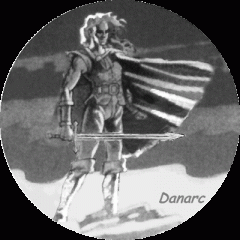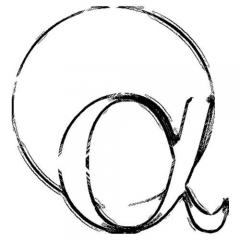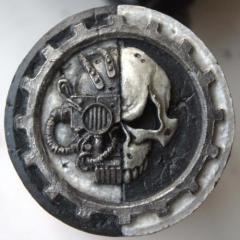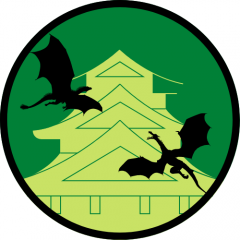abilità [DRUIDO] Forma selvatica
-
Contenuto simile
-
- 7 risposte
- 845 visualizzazioni
-
- 3 risposte
- 385 visualizzazioni
-
- 2 risposte
- 500 visualizzazioni
-
- 10 risposte
- 728 visualizzazioni
-
- 3 risposte
- 456 visualizzazioni
-








Messaggio consigliato
Crea un account o accedi per commentare
Devi essere un utente registrato per poter lasciare un commento
Crea un account
Crea un nuovo account e registrati nella nostra comunità. È facile!
Registra un nuovo accountAccedi
Hai già un account? Accedi qui.
Accedi ora